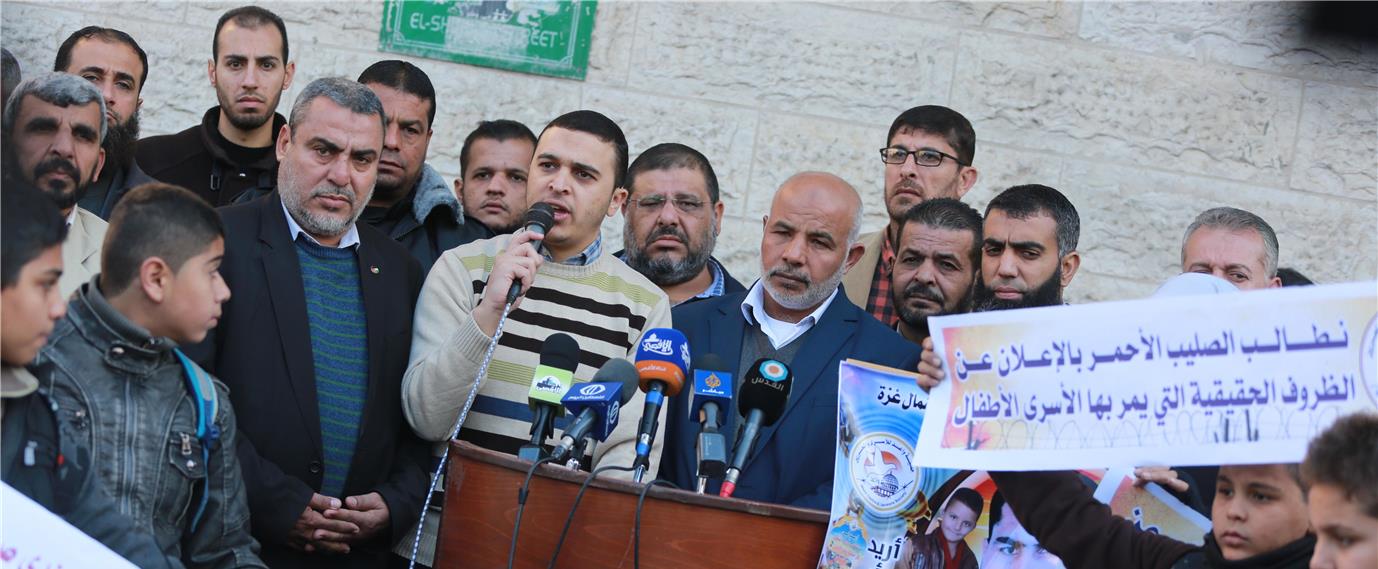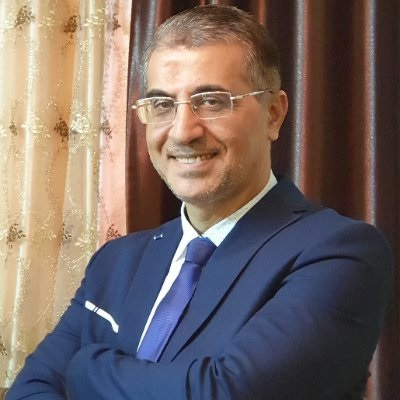يجد الصحفي المكلف بتغطية حدث متكرر -يوميا أو أسبوعيا- صعوبة في التعامل معه من حيث كيفية التغطية بأساليب تجديدية وإبداعية، وعدم إنتاج تغطيات نمطية من خلال استنساخ الأخبار القديمة المتعلقة به.
فالتغطية التقليدية مباشرة وتكرارها بنفس الأسلوب يرسخ صورة نمطية سلبية لدى الجمهور تجاهها مما يجعله ينصرف عن متابعتها، كونها تعتمد على التعامل مع الحدث بصورة "خام" وجامدة مرتكزة على المعلومات المجردة، رغم أن فيه العديد من العناصر التي يمكن توظيفها للخروج بتغطيات متعددة الأشكال والمضامين في كل مرة، من خلال أساليب حديثة واتجاهات أكثر عمقا.
في هذا التقرير نسلط الأضواء على كيفية إنجاز تغطية إخبارية منوعة ومشوقة لأحداث متكررة، مستفيدين من الاتجاهات الحديثة في التغطية الإخبارية والأساليب التجديدية مع توظيف التكنولوجيا الحديثة.
تحديات الميدان..
ميدان العمل دائما هو الملهم الأكبر للصحفي لبدء موضوعه وقصته، غير أن بعض الصحفيين قد يرى فيه أحيانا ميداناً للكآبة والتقليدية إن بقيت أحداثه وشخصياته وتفاعلاته في نفس الإطار دونما تغيير، مما يصرفه عن الانشداد للتغطية بحيوية متجددة فيفشل باجتذاب المتابعين لتقريره.
لكن ثمة نظرة أكثر عمقا للميدان يمكننا أن نستكشف من خلالها زوايا وأبعاد جديدة للتغطية الإخبارية لحدث ما، إذا استطعنا التعامل بعمق وشمولية أكبر مع الحدث..فكيف يمكن تحقيق ذلك؟
التحدي الأكبر للصحفي اليوم ليس امتلاك الأدوات والوسائل فمعظمها متوفر، وإنما في إنتاج محتوى إعلامي متميز ينافس (الصحفي) به ويمكِّنه من وضع تقريره ومادته الإعلامية بقوة على خارطة اهتمامات الجمهور.
وإذا افترضنا أن الحدث المراد تغطيته هو تجمع أهالي الأسرى الفلسطينيين أسبوعيا أمام منظمة الصليب الأحمر الدولي بمدينة غزة للتضامن مع أبنائهم في سجون الاحتلال الإسرائيلي، نجد أن العناصر الرئيسية المكونة للحدث (أقصد هنا عناصر الحدث وليس عناصر الخبر) تضم:
الزمان
المكان
الأشخاص المرتبطين بالحدث
على الصحفي التفكير إذا بكيفية توظيف تلك العناصر للخروج بتغطية مغايرة في كل مرة (فالتجمع يحدث أسبوعيا)، وبإمكانه تنويع الأساليب وزوايا التغطيات بالاستفادة من تنوع الشخصيات المشاركة.
وراء كل حدث "أنسنة"
فتش دائما عن الأفراد المرتبطين بالحدث، وابحث عن قصصهم الإنسانية التي ترسم من خلالها تفاصيل الحدث بصورة أكثر تشويقاً وموضوعية، وأكثر تأثيرا في المتابعين، لأن معظم الدراسات الإعلامية تؤكد على ارتباط الجمهور بصورة عضوية ونفسية أكبر مع القصص التي يقرؤونها.
عندما تغطي حدثا يتعلق بالاعتصام الأسبوعي –المثل المذكور أعلاه– أو رحلة الهجرة القسرية للاجئين السوريين، اجعل تغطيتك للحدث تتجاوز حدود الزمان والمكان إلى حدود الشخص ذاته وتفاصيل حياته وخصوصا ما ارتبط منها بتداعيات الحدث.
ففي قضية الاعتصامات، هناك أمهات وآباء كبار السن وزوجات وأطفال أسرى وأسرى محررين لكل منهم قصته وتفاصيله الخاصة التي انعكست عليها قضية الأسر. وبهذه الاستراتيجية ستجد أمامك "كومة" من القصص الإنسانية الإخبارية تتطلب منك المتابعة والتدوين والتجديد في الكتابة وعرض الموضوع.
وعلى الصحفي هنا أن يضع نفسه مكان المصور الصحفي المحترف الذي يسعى لالتقاط صورة مميزة من بين مئات الصور المعروضة أمامه، فتجد عينه تميل إلى التركيز الشديد بما يشبه حركة "Zoom In" لإضفاء الحيوية والأهمية على صورته.
أنسنة الحدث تصلح لكل وسائل الإعلام خاصة المرئية كونها تركز على عنصري الصورة والصوت، ولكن يمكن للوسائل الأخرى الاستفادة من الوسائط المتعددة لإدماجها ضمن التغطية.
وفي هذا الإطار يقول "جوليان شير"، كبير الصحفيين الاستقصائيين والمنتجين في قناة سي بي سي الكندية "ما دمنا نميل إلى القصص بالفطرة، فلماذا نتجنب استخدامها في عملنا الصحفي؟".
التغطية التفاعلية
تتصدر وسائل الإعلام الإلكترونية اليوم المشهد الإعلامي محققة قفزات كبيرة، ووفقا للعديد من الدراسات فإن الجمهور يتابع الأخبار والأحداث من خلال هواتفهم النقالة، مما يستلزم القفز عن التغطية التقليدية إلى التفاعلية، وهو ما يستوجب من الصحفي أن يجعل تغطيته متفاعلة مع النص والحدث وتفاصيله. فكيف يمكن تحقيق ذلك؟
الجزء الأبرز من التغطية التفاعلية المرئية في عالم الإعلام اليوم، نشاهدها عبر البرامج المفتوحة وموجات البث المفتوح التي تعقب أحداثاً بعينها، غير أن هذه التغطية تقتصر على آراء المشاهدين وقد تخرج عن السيطرة في كثير من الأحيان، ولا تكتسب صفة التغطية المهنية الرصينة التي نسعى بداية إليها، لأن التغطية تبدأ بالمعلومات ومن ثم الآراء والتعليقات وردود الأفعال.
والشواهد كثيرة في مجال التغطية التفاعلية، لكنني أركز هنا على:
إدراج مقابلات مرئية ضمن التغطية الإخبارية.
إدراج مقاطع مرئية لزوايا محددة من الحدث.
تضمين التغطية ملفات "وسائط متعددة".
استخدام الخرائط والرسوم التفاعلية.
استخدام صحافة "الإنفوغراف" بما يخدم الموضوع.
استخدام تقنية التصوير الجديدة للفيديو 360 درجة في التغطيات الإخبارية والقصص الإنسانية.
وفائدة هذا النوع من التغطية هو تقديم الحدث بأقل عدد ممكن من الكلمات إذ تُضاف المقاطع المرئية للتغطية، مما يمكننا من تقديم الخبر مكتوباً ومرئياً وإلكترونياً في نفس الوقت. وتخدمنا في هذا الإطار التطورات التكنولوجية اللامحدودة حيث يمكن للصحفي توظيف العديد من التقنيات واستخدام البرامج البسيطة لتجويد مادته الصحفية وجعلها أكثر تشويقاً دون حاجته إلى أن يكون خبيرا تكنولوجياً أو متخصصاً في هذا المجال.
وتعد مهمة التغطية الإخبارية التفاعلية لوسائل الإعلام المطبوعة هي الأصعب، لأنه لا يمكن إنتاج قصص مرئية وتضمين التغطية ملفات وسائط متعددة، وهو ما يفرض على الصحفي تفعيل التغطية من خلال ما يمكن تسميته مجازا بـ"الكتابة التصويرية" والوصفية. ويضمن لك هذا النوع من التغطية تقديم الحدث المتكرر بأشكال صحفية وفنية متباينة بما يكسر حدة الرتابة والملل لدى الجمهور.
القصص الإخبارية المبنية على تفاعلات الجمهور
جمهور وسائل الإعلام خاصة الإعلام الجديد وتحديدا شبكات التواصل الاجتماعي؛ جمهور شغوف بالتفاعلية والتجديد والبعد عن النمطية والتقليدية، لذا ليس سهلا اجتذابه وسط انتشار آلاف المواقع والشبكات وصحافة المواطن وغير ذلك من أشكال الصحافة الحديثة بغض النظر عن مدى مهنيتها ومصدرها.
وإشراك الجمهور في موضوعاتك يزيد من تفاعله مع الموضوع، ويجعل منه مسوقاً لموضوعك ومؤسستك الإعلامية بطريقة غير مباشرة، ومن ناحية أخرى يحقق التنوع الذي تبحث عنه في الآراء من الحدث.
ولكن كيف يمكن إنتاج قصة إخبارية لحدث بناء على تفاعلات الجمهور؟
هذا النمط المستحدث من التغطية فرضته الاتجاهات الحديثة في التغطية التي جعلت من المتلقي مرسلا إيجابيا وليس سلبياً كما كان سائدأً، لذا يمكن أن يطرح الصحفي الزاوية التي يريد معالجتها للحدث بمشاركة الجمهور من خلال أسئلة تفاعلية أو دعوة الجمهور للمشاركة بقصص أو تدوينات تتعلق بالحدث.
لو افترضنا أن الصحفي يرغب بإنتاج تقرير عن معاناة اللاجئين السوريين المهجرين قسراً ولا يتسنى له الوصول إلى هؤلاء المهجرين فيمكنه التواصل مع نشطاء شبكات التواصل الاجتماعي أو متابعة تدويناتهم والطلب منهم المشاركة بالتدوينات والقصص والصور والمقاطع المرئية التي تتحدث عن تلك المعاناة بأوجهها المختلفة، ثم يعيد ترتيبها وعرضها بشكل متسلسل ومشوق مع إضافة الخلفيات المعلوماتية اللازمة لتوضيح الحدث.
وحرصا من الصحفي على المصداقية يتم إيراد الاقتباسات الواردة في بعض الأحيان على لسان الجمهور كما هي بدون "فلترة" تحريرية، مع تضمين رابط الاقتباس داخل الموضوع.
هذا الأسلوب تستخدمه العديد من المواقع اليوم، من بينها: موقع سي أن أن بالعربية، وهافينغتون بوست، والغارديان والواشنطن بوست الرقمية.







































